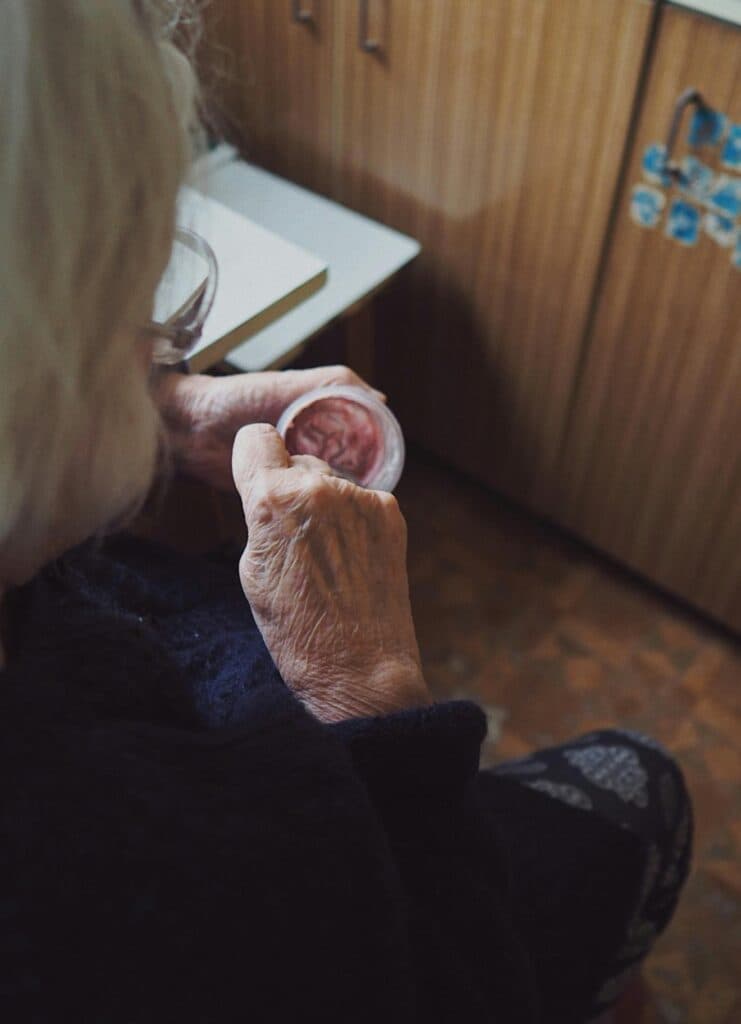Understanding the Importance of Person Centred Care

Person-Centred Care in Today’s Health and Social Care Landscape
In the evolving landscape of health and social care, person-centred care has emerged as a transformative approach that reshapes how care homes design and deliver their services. Unlike traditional models that often employ a uniform, one-size-fits-all methodology, person-centred care embraces the individuality of each resident. It acknowledges that every person carries a unique life story, preferences, cultural background, and health needs. This recognition is especially vital within care homes, where individuals may be living with complex physical health conditions, dementia, or mental health challenges.
Within this setting, person-centred care strives to enable residents to feel genuinely heard, valued, and respected as individuals rather than simply recipients of care. By focusing on what matters most to each person, care homes can provide support that is meaningful and responsive, improving both well-being and overall quality of life.


Collaborative Partnerships for Personalised Support
A hallmark of excellent care homes like Woodlands Aberdeen Care is the deeply collaborative approach taken in supporting residents. Person-centred care is not delivered in isolation; rather, it is founded on strong, trusting partnerships that involve the resident themselves, their families, care professionals, and partnering health services.
These partnerships begin with meaningful conversations, where residents are encouraged to share their life stories, beliefs, routines, and aspirations. These insights form the basis for developing personalised care and support plans that reflect each resident’s unique preferences and needs. Far from being a one-time document, these care plans are living tools that are regularly reviewed and refined to adapt to the resident’s changing health and wellbeing, ensuring that care remains both effective and aligned with their goals.
The Role and Importance of Personalised Care Plans
Personalised care plans play a central role in the delivery of person-centred care within care homes. These documents coordinate an array of services encompassing nursing care, personal assistance, social and recreational activities, and specialist therapies. Their purpose is to ensure seamless, integrated support that improves both the health outcomes and the everyday lives of residents.
In practice, these care plans empower residents to have a genuine say in their care arrangements. By fostering autonomy, they contribute to preserving dignity and promoting independence. Involving family members in the planning process also brings additional layers of emotional support and reassurance, building trust not only between residents and staff but within the broader care community.
Empowering Residents Through Choice and Control
Empowerment stands as one of the foundational principles of person-centred care in a care home context. When residents are given the opportunity to express choices about their daily lives, from what they eat and wear to how they spend their time and manage treatments, they experience a greater sense of ownership and control.
This active involvement bolsters confidence, independence, and overall well-being. Tools such as personal health budgets offer practical ways to support this empowerment. These budgets enable residents, often in partnership with families and care professionals, to decide how their funds are allocated for services and support that best meet their preferences and lifestyle. This financial autonomy realises the intent of person-centred care by giving people the power to tailor their care according to what matters most to them.
The Integral Role of Care Home Staff and Health Professionals
The success of person-centred care hinges on the dedication and expertise of care home staff and visiting health professionals. These individuals are specially trained to see beyond clinical symptoms and to view each resident as an individual with a rich personal history and unique needs.
Their role extends well beyond delivering medical treatments or assistance with daily tasks. They provide compassionate emotional support, engage residents in meaningful activities, and advocate for residents’ preferences and rights. Multidisciplinary collaboration is critical; nurses, carers, therapists, dietitians, and social workers coordinate their knowledge and skills to deliver comprehensive care that addresses both physical and mental health holistically.
Effective communication and teamwork between staff members, residents, families, and external health services create a smooth, integrated support system. This collaborative environment not only enhances the quality of care but also alleviates pressure on external health services by preventing crises and hospital admissions where possible.
Creating a Safe and Engaging Care Environment
Care homes offer residents a unique environment that carefully balances safety with the opportunity for community connection and personal fulfilment. In addition to providing vital clinical and personal care, homes like Woodlands Aberdeen Care invest in creating welcoming, homely atmospheres where residents can socialise, form friendships, and participate in activities that stimulate their minds and bodies.
Engagement in hobbies, exercise, cultural activities, and social events supports residents’ mental and physical health. Furthermore, care homes often facilitate family involvement and local community connections, helping residents maintain their social networks and sense of belonging. This holistic environment addresses the whole person, not just their health conditions.
For example, Woodlands Aberdeen Care is well known for combining specialist nursing expertise with personalised lifestyles and leisure programmes tailored to accommodate residents living with dementia, complex long-term conditions, or rehabilitation requirements. This kind of supportive environment helps reduce feelings of isolation and improves overall well-being.
Looking Ahead: The Future of Universal Personalised Care in Care Homes
The trajectory of health and social care policy points increasingly towards universal personalised care, a model that guarantees personalised, respectful, and empowering services for all, regardless of age or health status. This vision means that care homes are not only places for support but also hubs where residents can live as fully and independently as possible.
Continuous advancements in technology, staff training, and care coordination mean that care homes will increasingly offer flexible, creative options tailored to individual needs. The emphasis will remain on maintaining dignity, supporting meaningful relationships, and promoting autonomy through adaptive, responsive care.
For residents and families, this future means greater reassurance that their wishes will be central to the care experience, with services evolving to meet new challenges and individual goals.
Taking the Next Step with Woodlands Aberdeen Care
If you or someone you love is considering a move to a care home, partnering with a provider like Woodlands Aberdeen Care, where person-centred care is deeply embedded in every aspect of service, can make a profound difference. Initiating open discussions about preferences, routines, and expectations allows care professionals to co-create a tailored care plan that truly reflects what matters most to you or your loved one.
Woodlands offers access to a broad spectrum of clinical expertise and community resources, ensuring that residents receive holistic support within a warm, respectful environment. The staff’s commitment to honouring individual histories and choices supports residents not only to live safely but to thrive with dignity and purpose.
By choosing person-centred care principles, and a care home that prioritises them, you empower yourself or your loved one to take control of the care journey. Starting these conversations early paves the way for a confident, fulfilling care experience that adapts as needs evolve.





